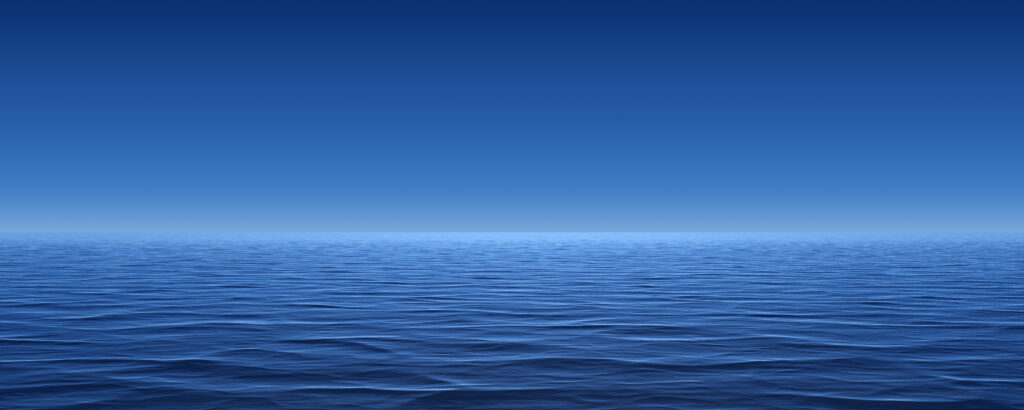
A kick-off meeting at the University of Trieste, followed by a demonstration boat trip, has inaugurated the BluEcho project that aims at assessing the level of underwater noise pollution in several marine basins (the Adriatic, North and Baltic seas). The project is coordinated by the University of Trieste (DIA and DEAMS departments), the National Institute of Oceanography and Experimental Geophysics (OGS), the Chalmers University of Technology – Goteborg (Sweden), the Institute of Marine Research – Bergen (Norway) and the Alfred Wegener Institute – Bremerhaven (Germany).
In detail, the project is based on guidelines for defining EU threshold values for continuous noise produced by humans in water and aims to build upon the work of previous European projects (JOMOPANS, AQUO, SONIC, JONAS, QUIETSEAS). Taking a multidisciplinary approach, BluEcho focuses on the interaction between source, medium, and receiver rather than one-way solutions. In this way, a new specific approach will be developed for numerically modelling propellers, wind turbine blades and large-scale acoustic maps.
The developed methodology will be used to accurately assess the current health status of the sea. Furthermore, researchers will focus on predicting new scenarios where mitigation measures will be adopted. Finally, the effectiveness and economic feasibility of mitigation measures will also be evaluated through the implementation of new protected areas. Cost-benefit assessment will be conducted considering the needs of stakeholders, both in shipping traffic and wind farms.

